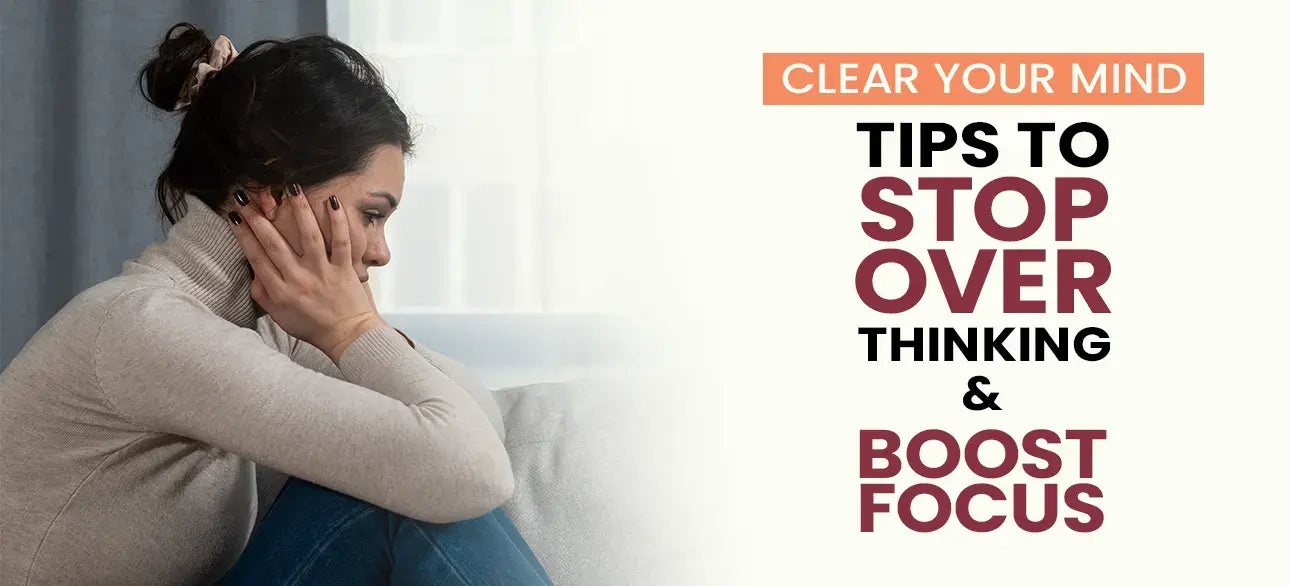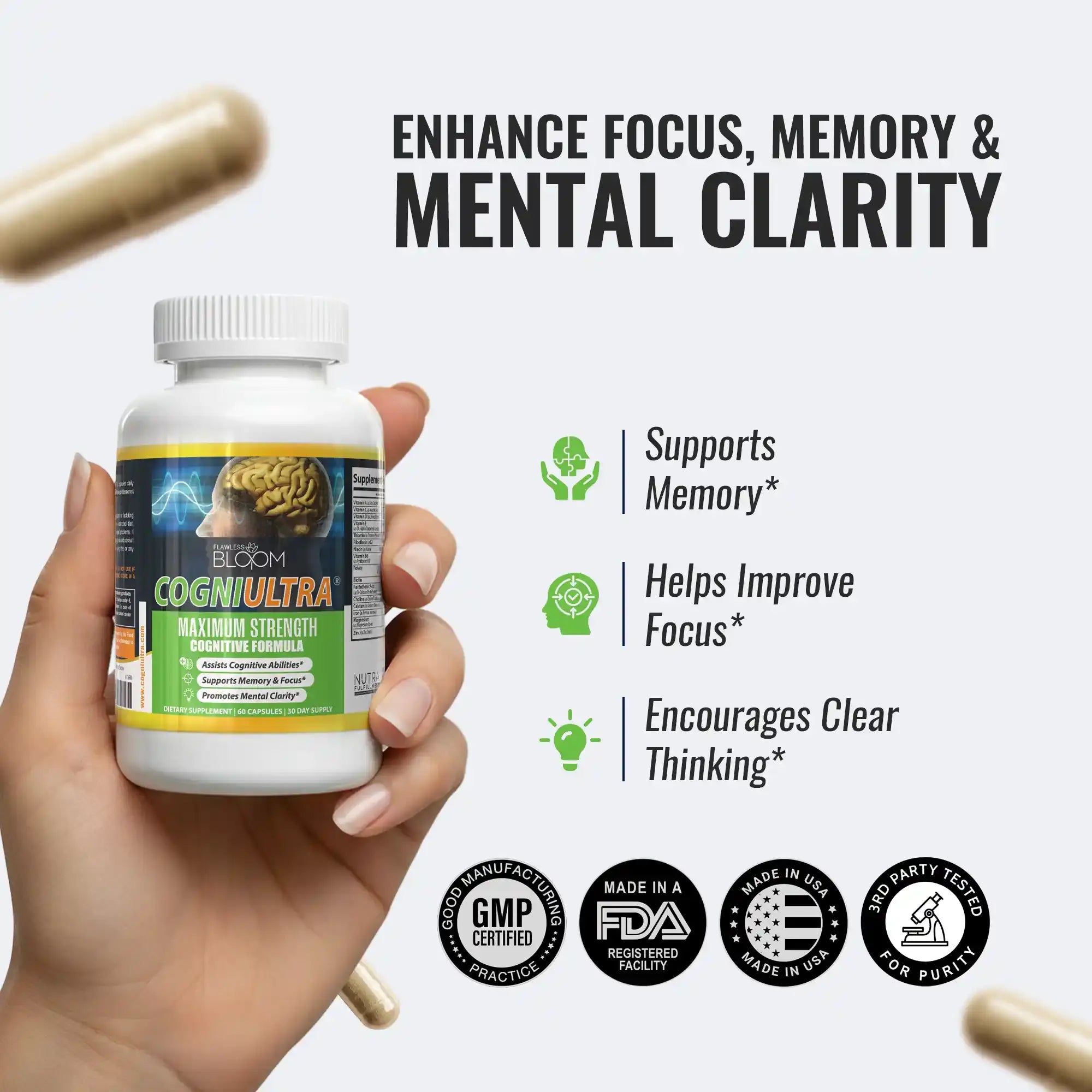Top 13 Proven Ways to Break the Mental Health Stigma
Explore these 15 proven ways to break the mental health stigma and create a positive, supportive community. Join the movement and take action to promote mental well-being for all.
Advertiser Disclosure: We independently select all the products. If you click through links we provide, we may earn a commission.

Key Takeaways
- Nearly 60% of people with mental health conditions avoid seeking help due to stigma.
- Educating oneself and others helps debunk myths and challenge misconceptions.
- Practicing empathy, active listening, and using respectful language fosters understanding and healing.
- Supporting mental health resources encourages people to seek professional help.
- Creating supportive environments in workplaces and schools reduces stigma.
- Challenging stigmatizing behaviors and language is key to reducing stigma.
- Encouraging mental health initiatives at work creates a supportive atmosphere.
Did you know that nearly 60% of people with mental health conditions don’t seek help, largely due to stigma? Despite growing mental health awareness, the stigma surrounding conditions like depression remains a persistent barrier. Misconceptions and stereotypes lead many to suffer in silence, fearing judgment or rejection, whether at home, in their social circles, or in the workplace.
This stigma doesn't just harm individuals—it holds back society. Fighting mental health stigma fosters an inclusive environment where everyone feels safe to seek support. Reducing mental health stigma allows people to thrive without fear, improves societal compassion, and strengthens communities.
Through this article, we’ll explore 13 proven ways to break these barriers, using practical approaches and real-life mental health stigma examples. Read along - let’s create a world that champions mental health for all.
Why Mental Health Stigma Exists
Historical Background
Mental health stigma has deep-rooted origins. Historically, mental illness was misunderstood, often attributed to moral failings, supernatural forces, or even possession.
During the Middle Ages, individuals with conditions like bipolar disorder or schizophrenia were shunned or confined rather than treated. Institutions built to ‘house’ such individuals perpetuated neglect, reinforcing negative views.
Misrepresentation in history has significantly fueled social stigma surrounding mental health, leaving scars that persist today. Even as science advanced, public attitudes lagged. Viewing mental illness as a weakness rather than a medical condition created barriers to real progress in mental health awareness and acceptance.
Cultural Influence
Culture plays a powerful role in shaping attitudes toward mental health. In Western societies, narratives often emphasize individual resilience, unintentionally marking those seeking help as ‘weak’. Meanwhile, in some cultures, mental health stigma persists due to collective honor and shame beliefs that discourage open discussions.
Common Misconceptions
One common myth is the assumption that mental illnesses are rare, yet disorders like depression and anxiety affect millions globally.
Another misconception is mistaking mental health conditions for a lack of personal discipline or character flaws, especially in the workplace where the stigma of depression can discourage employees from seeking accommodations.
13 Ways to Break the Mental Health Stigma
 13 Ways to Break the Mental Health Stigma
13 Ways to Break the Mental Health Stigma
1. Create Open Conversations
Normalize Discussions:Starting a mental health conversation can be challenging, yet normalizing these discussions helps reduce mental health stigma. According to insights from Emory Healthcare, the most empowering way to fight mental health stigma is by breaking the silence surrounding it.
How to Start Conversations:Initiating a mental health conversation doesn’t have to be hard. Practical steps can transform hesitant thoughts into meaningful dialogue. Mental Health America recommends starting during a quiet, uninterrupted moment.
If face-to-face feels overwhelming, you could start with a text or email like, “I’ve been feeling off lately and would like to talk.” Prepare by noting key points about your feelings or experiences and don’t shy away from honesty.
2. Educate Yourself and Others
Knowledge is Power:
Understanding mental health is a critical step in fighting mental health stigma. According to NAMI, mental health education is a powerful tool to debunk stereotypes and empower communities. When you learn about conditions like depression or the bipolar disorder stigma, you challenge the misconceptions that keep these issues taboo.
Dispelling Myths:
Myths about mental illness fuel discrimination. For example, one widespread belief is that people with mental illnesses are violent. However, research shows they are far more likely to be victims, not perpetrators, of violence. Another harmful assumption is that mental health struggles stem from character flaws or laziness. Science tells us otherwise—mental illnesses often have roots in biology, family history, or trauma.
Mental Health First Aid:
Just as CPR training saves lives, mental health first aid can provide critical support. Learning basic intervention techniques equips individuals to respond confidently when someone is in crisis. Programs like Mental Health First Aid offer tools to recognize warning signs, encourage professional help, and even connect individuals with resources. Cognitive Support can also help enhance mental clarity and emotional resilience, offering additional support for overall mental well-being.
According to — Dr. Lisa Williams LPC-S, MSW
Understanding mental health and dispelling common myths is crucial in creating a supportive environment. By educating ourselves and others, we can break down stigmas and encourage a more compassionate approach to mental well-being.
3. Encourage Empathy and Compassion
Practice Active Listening:
Listening might seem simple, but active listening involves far more than just hearing someone speak. According to the Canadian Centre for Occupational Health and Safety (CCOHS ), active listening means giving your full attention to the speaker, free from distractions, interruptions, or preconceived judgments.
Respond with Empathy:
Responding with empathy goes beyond simply acknowledging pain—it means placing yourself in someone else’s shoes and showing you truly care. Compassion rooted in empathy fosters trust and healing.
When someone shares their struggles, avoid phrases like “you’ll get over it” or “it’s not that bad.” Instead, use statements such as, “I can tell this has been really tough for you” or “Thank you for trusting me with this.”
4. Be Mindful of Language
Impact of Language:
Language shapes perceptions, often reinforcing stereotypes without intent. For instance, casual phrases like “the weather is bipolar” trivialize real struggles, deepening the bipolar disorder stigma. Similarly, terms like "crazy" or "insane" dehumanize mental health experiences.
Positive Phrasing:
Inclusive language reframes mental health conversations with dignity and respect. The person-first language emphasizes humanity overdiagnosis. For example, say “a person living with depression” instead of “a depressive.”
5. Lead by Example
Public Figures and Role Models:
Influential figures like Dwayne Johnson, Lady Gaga, and Prince Harry have shared their mental health challenges, promoting mental health awareness and fighting mental health stigma. Their openness inspires others to seek help and normalize conversations about mental health struggles.
Personal Stories Matter:
Your story has the power to make a difference. Sharing personal experiences, as can inspire understanding, reduce social stigma mental health, and encourage others to begin their recovery journeys.
6. Support Mental Health Resources
Breaking the Silence:
Seeking therapy or counseling is a powerful way to address mental health challenges, from battling stigma of depression to handling workplace stress. Opening up to a professional can promote healing, strengthen coping skills, and reduce the shame often tied to social stigma mental health.
Accessible Resources:
Finding help is easier with the right resources at hand. Here are a few you can rely on:
- 988 Suicide and Crisis Lifeline – Call or text 988 for confidential support 24/7.
- Crisis Text Line – Text REACH to 741741 for any mental health crises.
- NAMI HelpLine – Reach out to 800-950-NAMI for national assistance.
During our research, we came across a powerful video on 11Alive highlighting Mental Health Awareness and the importance of breaking the stigma around seeking help.
Promote Self-Care:
Self-care is critical in reducing mental health stigma and managing well-being. Simple practices like regular exercise, mindfulness, adequate sleep, and setting healthy boundaries are proven tools for mental health management. Building these habits not only benefits you but also fosters compassion, creating a ripple effect of fighting mental health stigma in everyday life.
Explore 10 Ways to Improve Memory
7. Build a Supportive Environment
Workplaces and Schools:
Advocating for mental health awareness in workplaces and schools can significantly reduce mental health stigma. Introducing programs like mental health stigma activities or training for staff and students fosters understanding and support.
Mental Health Days:
Policies allowing mental health days acknowledge the importance of mental well-being. Whether dealing with the stigma of depression or everyday mental health needs, these days create space for self-care and resetting without guilt.
Creating Safe Spaces:
To combat social stigma mental health issues, create environments that promote trust and understanding. Encourage nonjudgmental listening, offer resources for support, and set clear boundaries to prevent stigma-based discrimination.
8. Challenge Stigmatizing Behavior
Stand Up Against Stigma:
When facing mental health stigma in others' actions or words, a simple yet respectful correction can make a difference. Point out that stereotypes about conditions like bipolar disorder stigma are harmful and advocate for informed, kind language during any mental health conversation.
Set Boundaries:
If you encounter stigmatizing behavior, set firm boundaries. Calmly state what is unacceptable and explain how it affects you or others. Boundaries empower you to protect your mental well-being while contributing to reducing mental health stigma.
Legal Rights:
Know your rights if you experience discrimination due to mental health issues. Laws, such as the ADA, protect against mental health stigma at work, ensuring fair treatment. Understanding these protections strengthens your ability to handle stigma in the workplace confidently.
9. Use Social Media Positively
Mental Health Advocacy Online:
Social media is a powerful tool for fighting mental health stigma. Use platforms to share reliable resources, participate in mental health conversations, or spread awareness about the stigma of depression and other challenges.
Follow the Right Movements:
Engage with mental health advocacy groups on platforms like Instagram, TikTok, and Twitter. Follow movements and hashtags that champion mental health awareness, such as #MentalHealthMatters.
10. Encourage Mental Health at the Workplace
Workplace Wellness Programs:
Companies can effectively reduce the stigma of depression and mental health stigma in the workplace by offering robust wellness programs. These may include counseling services, Employee Assistance Programs (EAPs), and mental health activities that encourage open mental health conversations.
Mental Health in Corporate Culture:
To fight mental health stigma, businesses must embed mental health into their core values. Creating a culture that prioritizes mental health awareness can reduce absenteeism, increase retention, and foster innovation.
Leadership Role:
Leadership must take an active role in reducing mental health stigma. By modeling vulnerability, such as sharing personal struggles or experiences with stress, managers signal that seeking help is not a weakness.
Explore Possible Causes of Brain Fog
11. Support Mental Health in the Media
Responsible Media Representation:
Media should portray mental health accurately and respectfully, avoiding stereotypes and stigma. Highlighting stories of resilience and recovery promotes mental health awareness and reduces harmful biases.
Advocacy for Change:
Speak out against harmful depictions. Share mental health stigma facts and support campaigns to encourage responsible storytelling and reduce stigma.
12. Combat Stigma in Healthcare
Reducing Stigma in Healthcare Systems:
Healthcare providers play a vital role in fighting mental health stigma. By treating mental health with the same respect as physical health, they can build a culture of empathy and trust. Training programs that address biases, as well as practicing patient-centered care, can break down harmful stereotypes, such as bipolar disorder stigma or the stigma of depression.
Improve Mental Health Care Access:
Accessible and affordable mental health services are key to reducing mental health stigma. When care is within reach, it normalizes mental health conversations and eliminates barriers caused by social stigma. Additionally, considering the best supplement for mental health can complement professional care, supporting overall well-being.
13. Implement Community Outreach Programs
Public Awareness Campaigns:
Local governments, nonprofits, and community groups play a critical role in organizing mental health stigma campaigns that promote mental health awareness. These initiatives use inclusive messaging and personal stories to break down stigma barriers.
Workshops and Trainings:
Community workshops are essential for fighting mental health stigma and encouraging open mental health conversations. By collaborating with schools, community centers, and faith-based organizations, workshops can provide education while showcasing relatable mental health stigma examples.
Conclusion
Breaking the chains of mental health stigma—be it bipolar disorder stigma, social stigma mental health, or stigma of depression—requires collective effort. Through public awareness campaigns, honest mental health conversations, and actionable mental health stigma activities, we can dismantle misconceptions.
From workplaces and schools to community centers, each strategy fosters mental health awareness and reduces barriers. Now, it’s your turn. Start a mental health stigma campaign, share mental health facts, and amplify voices that need to be heard. Together, we can create a world where seeking help feels normal and being understood feels universal. Change begins with you.






























